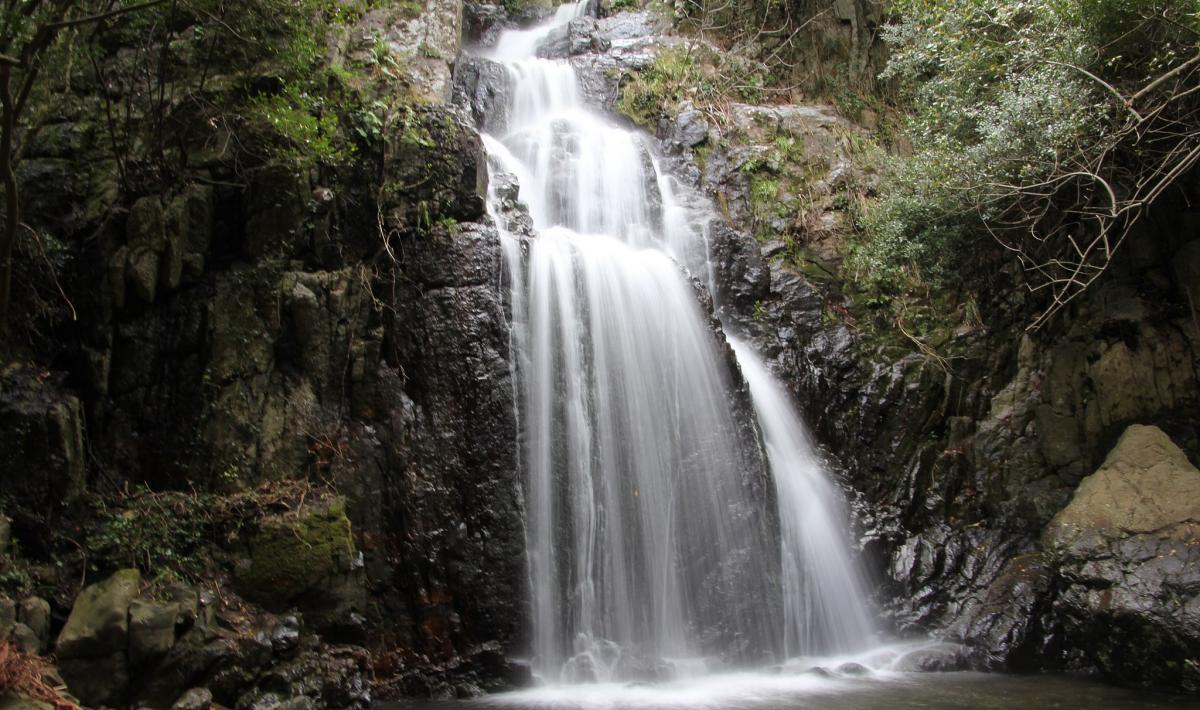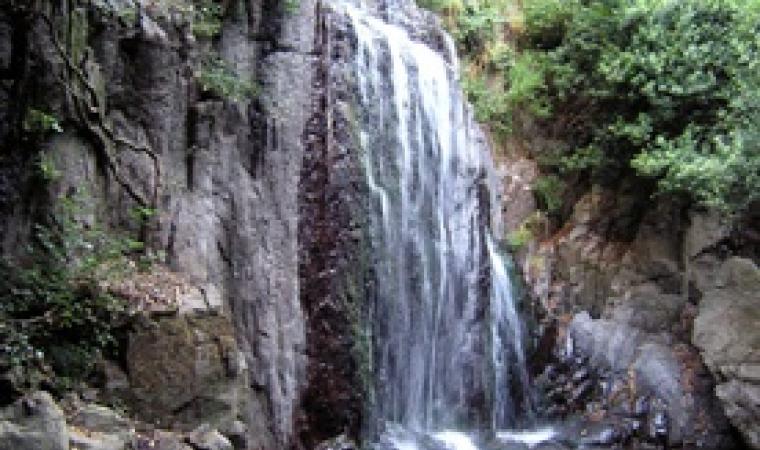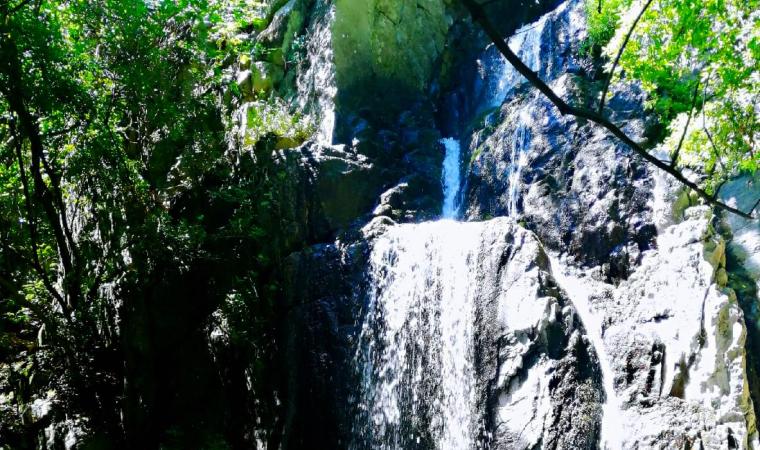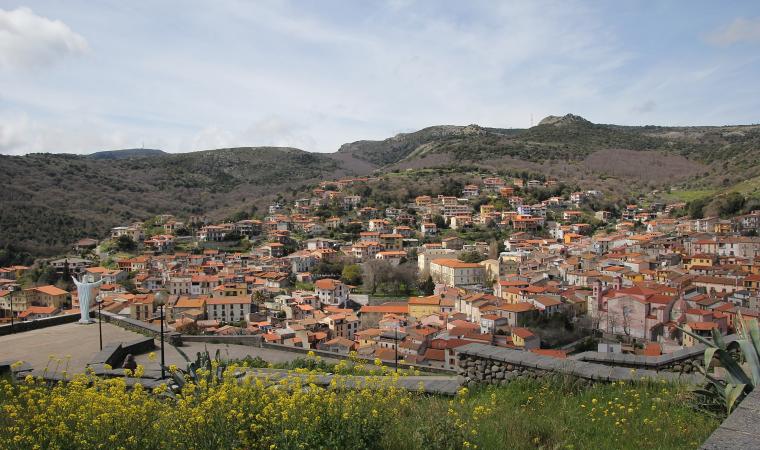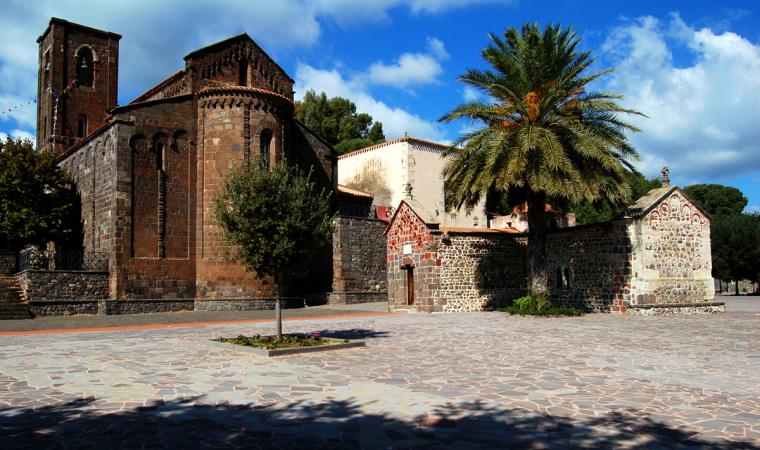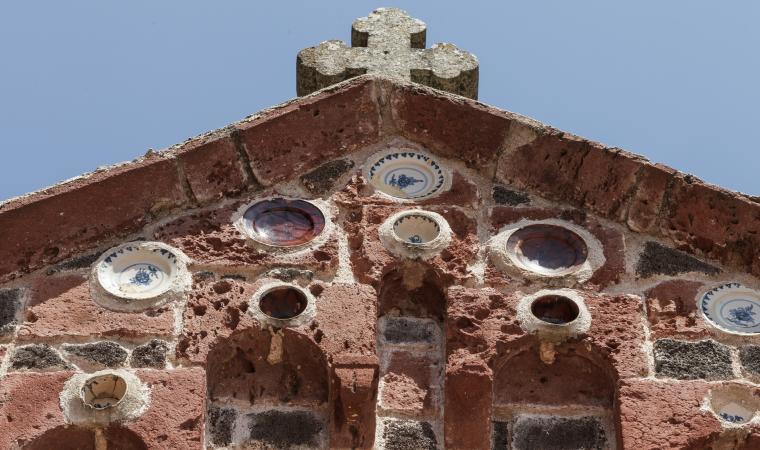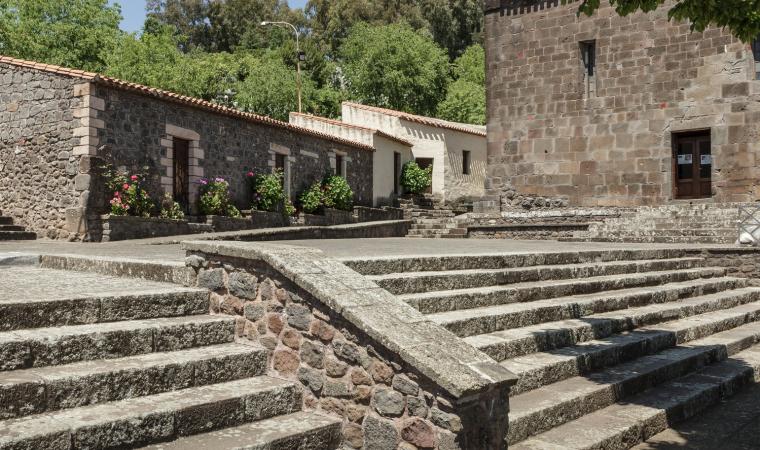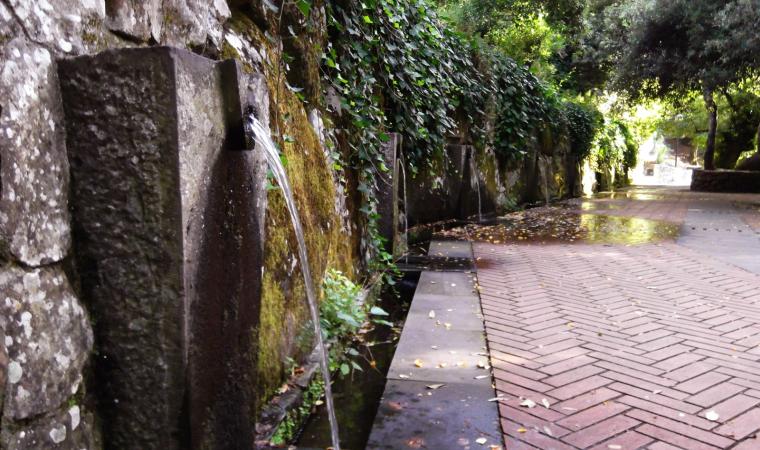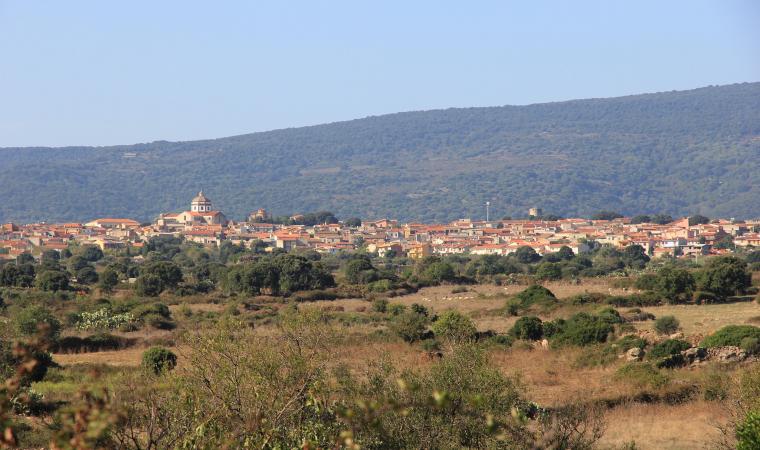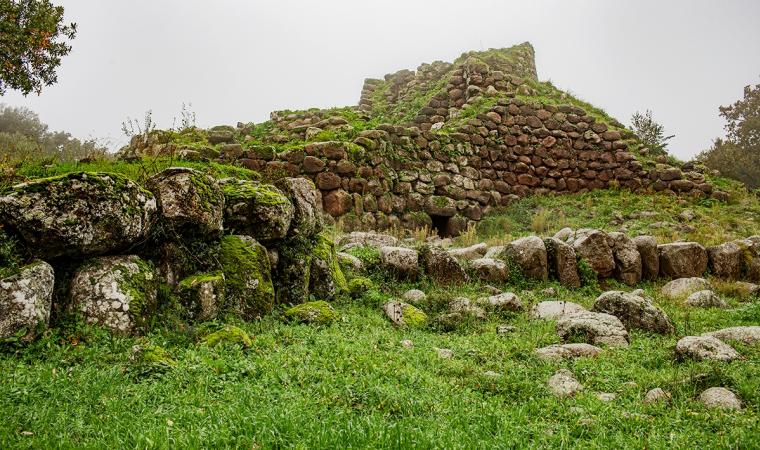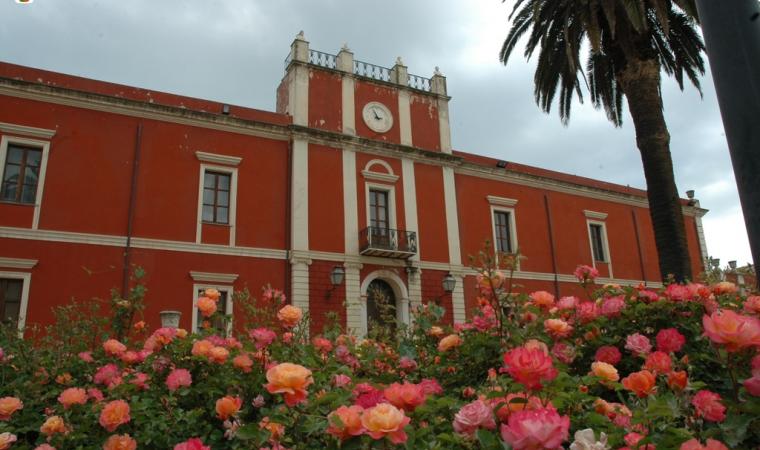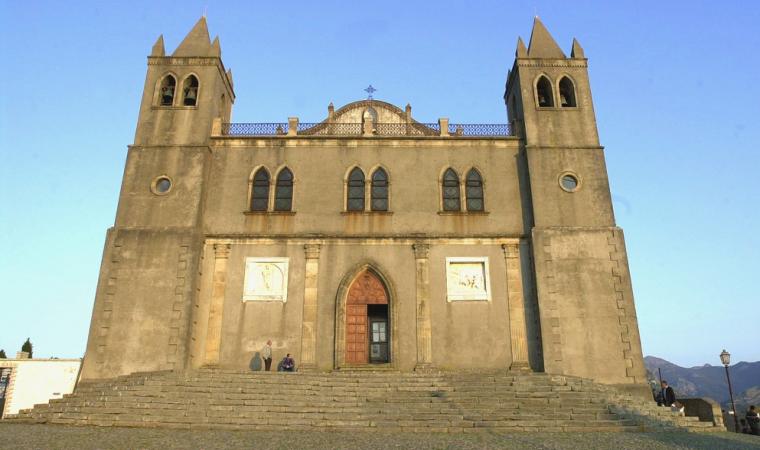A masterpiece carefully guarded by nature. On the border between the territories of Bonarcado and Santu Lussurgiu, along Provincial Road 15, which connects the two picturesque villages of Montiferru, lies an enchanting landscape, which you will discover little by little. You'll start to hear the quiet roar of the water from the clearing by the roadside, the starting point of the path that will lead you to the valley and the waterfall of sos Molinos. This downhill mule track, with the occasional remnant of a paving stone, is lined with holm oaks, downy oaks and alders, which will accompany you on your walk. Along with the trees, you'll see countless laurel bushes, so lush that the valley has been declared a special area of conservation. Besides the green of the Mediterranean vegetation, you will be struck by the variety of flowers around the pond formed below the waterfall: cyclamens, daisies and orchids add pops of colour to the magical scenery of the water cascading over 30 metres, jumping from rock to rock. The stream that forms this waterfall flows from a height of 440 metres along the eastern slope of the basalt plateau of Montiferru, where the waters have carved a lush valley for thousands of years. There are five 'jumps', the largest - and most spectacular - being the last one, 15 metres long.
The name of this place (‘molino’ means ‘mill’ in Italian) originates from its function in the pre-industrial age: the steep watercourse, its high flow rate and the many drops meant that the water could be used as a means to power the many mills and stone fulling mills that followed one another along the stream. One of them is still there, right next to the main waterfall, and adds to the fairytale setting. Its structure and the materials once used to build it are in perfect harmony with the surrounding nature.
Santu Lussurgiu, a characteristic town with picturesque views and craft shops, is a veritable 'temple of water'. Further north, one of its hamlets in the middle of the san Leonardo forest, whose origins dating back to the 12th century are shrouded in mystery, is famous for seven springs that once flowed here, known as Siete Fuentes. Documents attest to some buildings in the villa - two monasteries and a hospital - but no traces remain. The oldest surviving structure is the church of San Leonardo. Bonarcado, on the other hand, is four kilometers from sos Molinos, and is famous for two masterpieces of Romanesque architecture: the sanctuary and the basilica of Nostra Signora di Bonaccatu, home to the oldest Marian devotion on the island.

